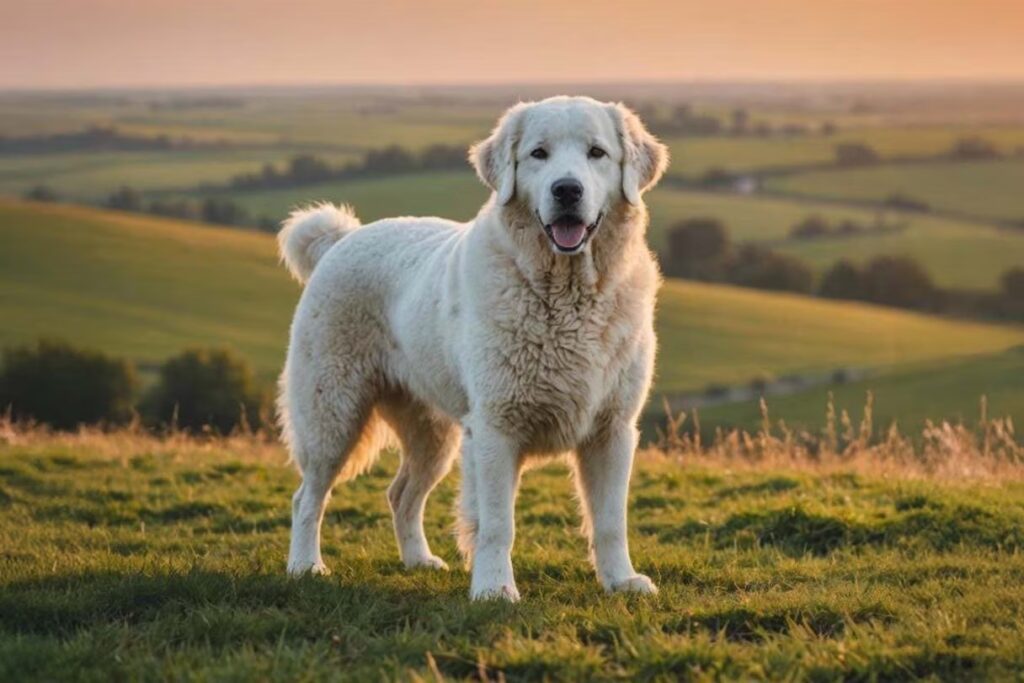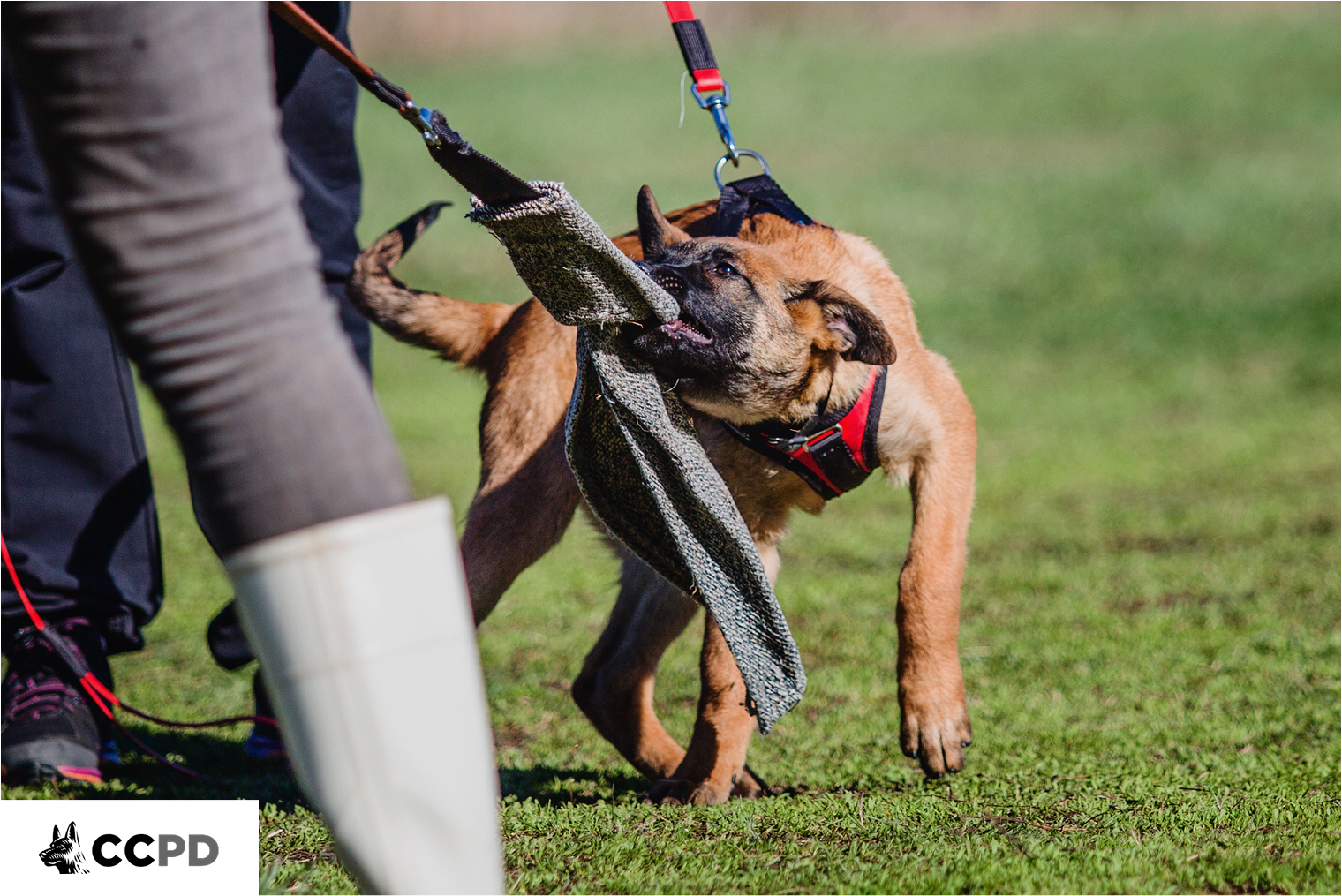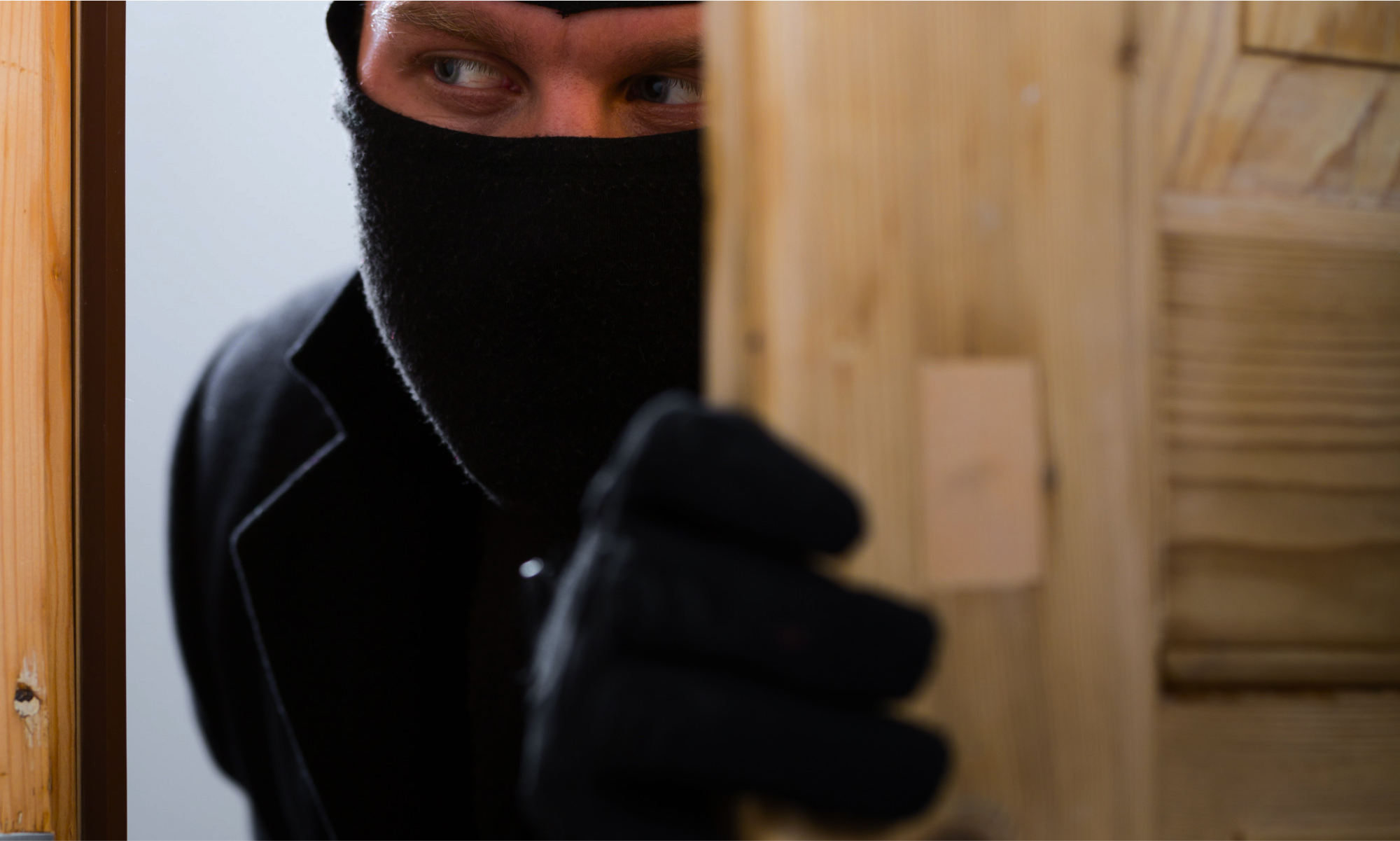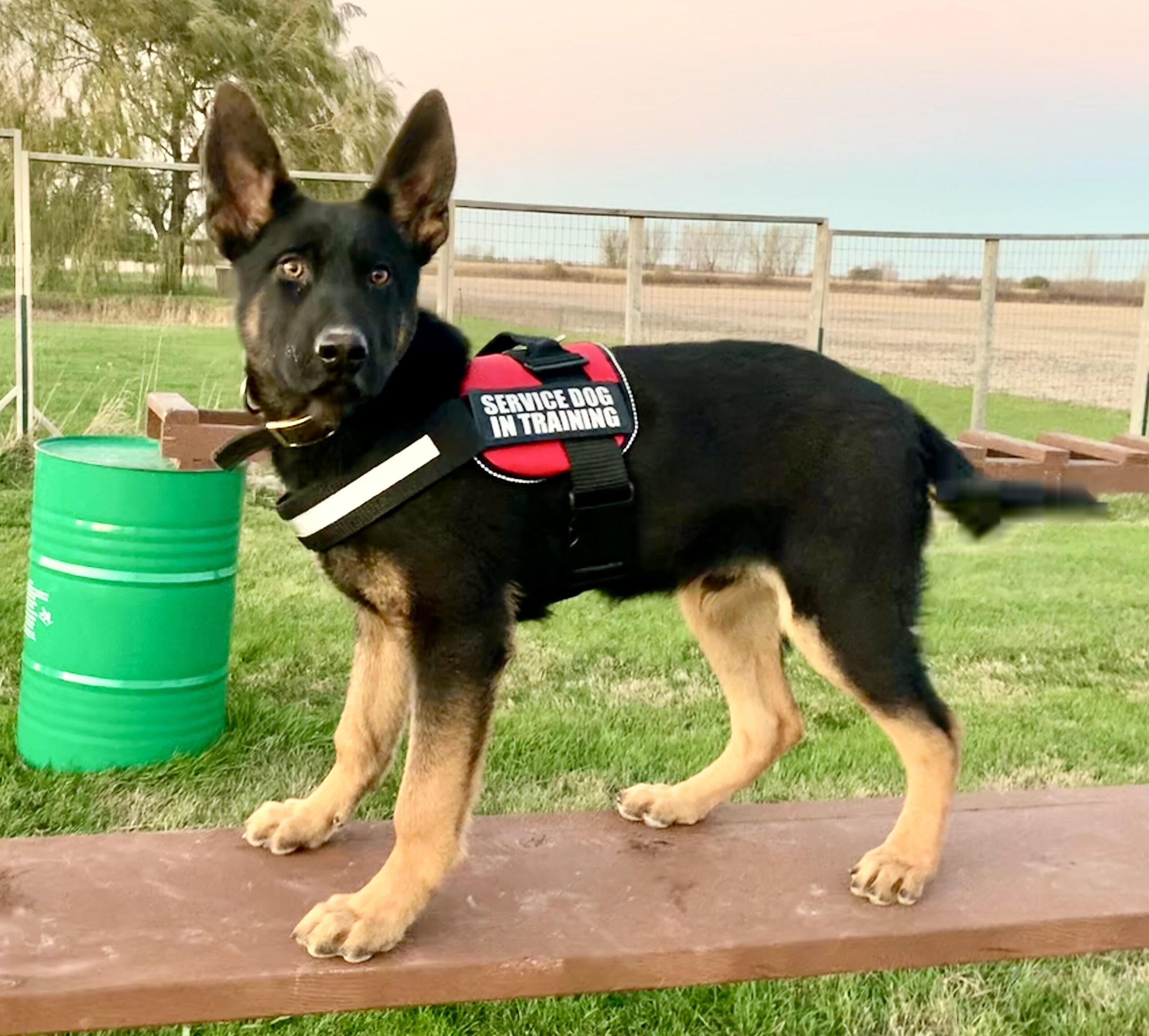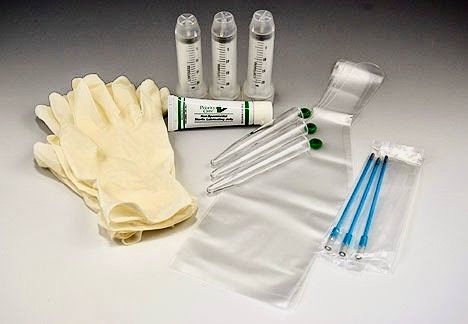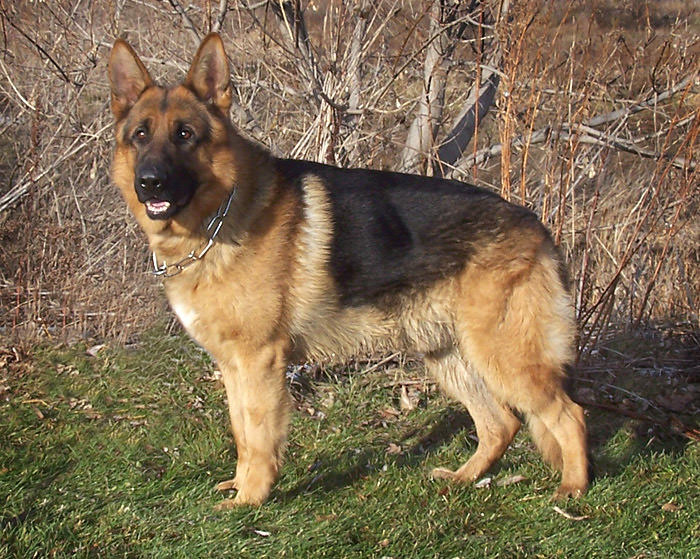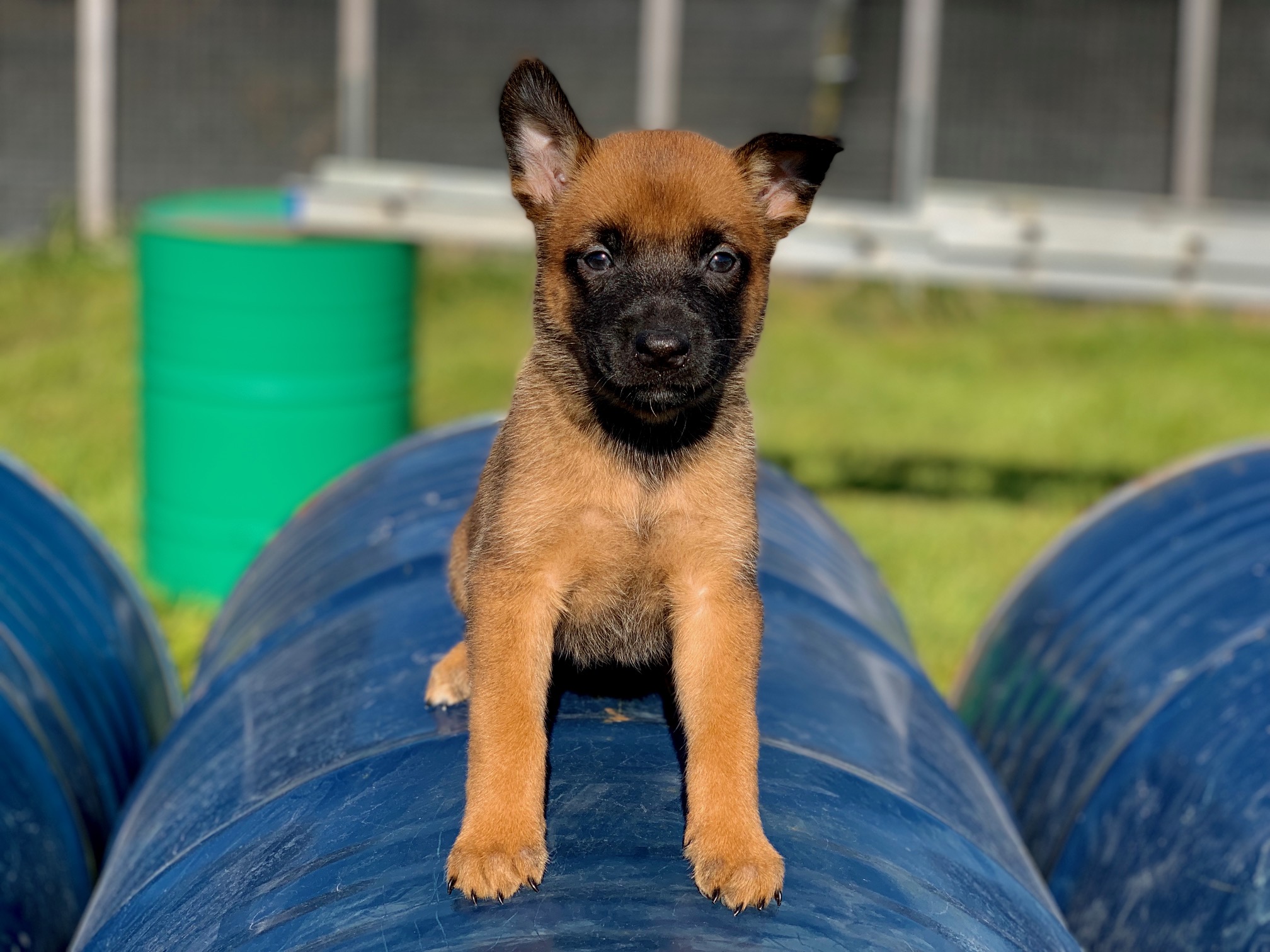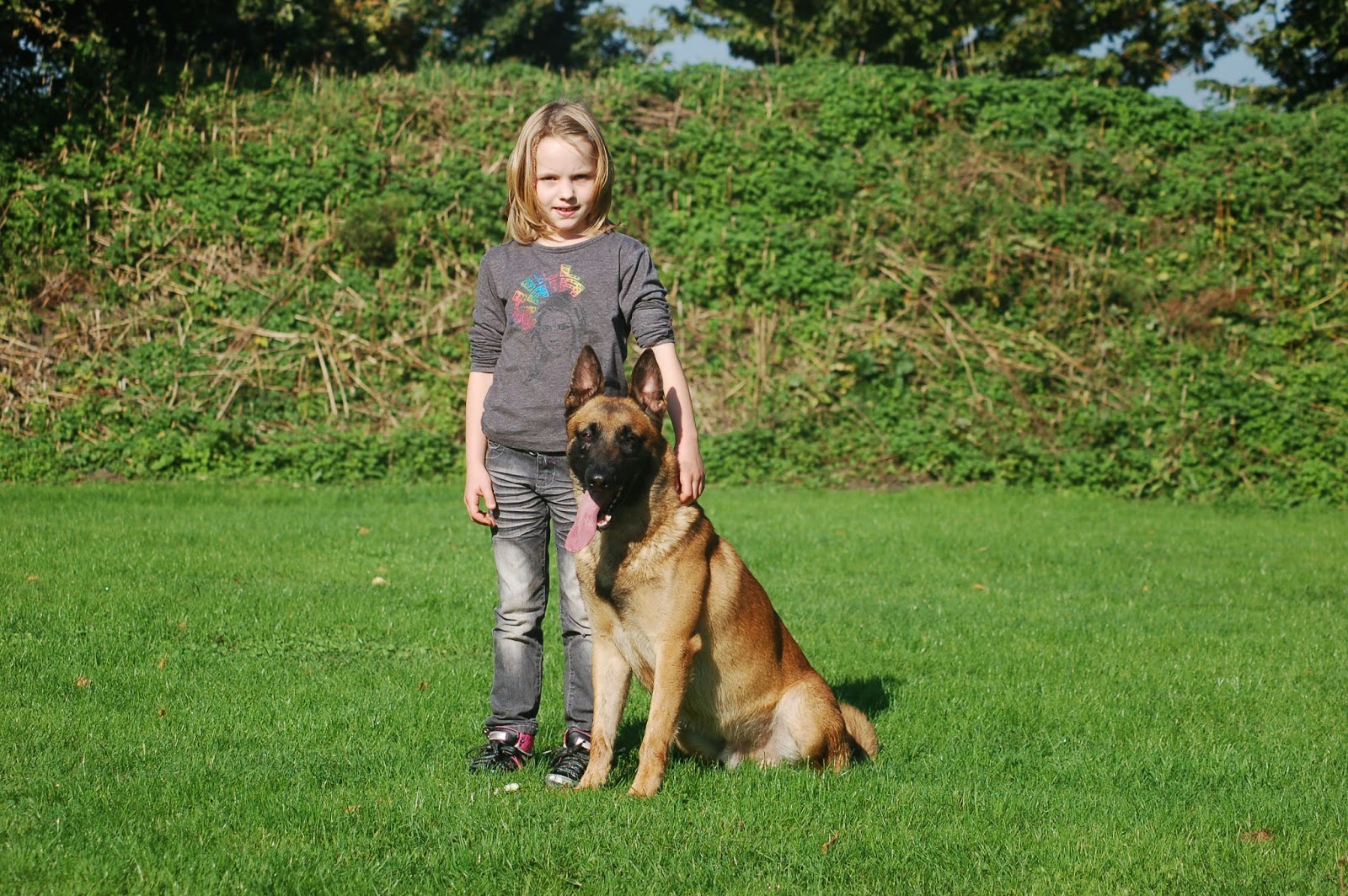The responsibility of a trained protection dog is to provide security to its owner. On the other side, Caring for a dog is a rewarding experience, but it also comes with responsibilities. No matter if you have a playful puppy, an active adult dog, or a gentle senior dog, it is important to understand how got care for your dog’s needs. Here’s a simplified guide to help you provide the best care on how to care for your dog.
To maintain their health and effectiveness, the dog needs adequate nutrition. Also, the owner has to take care of their exercise, and consistent grooming.
Let’s discuss these in detail:
Nutrition: How To Care For Your Dog, you need a proper diet to stay healthy. They should consume dog food that has an efficient balance of protein, carbohydrates, and fats.
Adult dogs need a balanced diet. This diet should include high-quality dog food that fits their age, size, and activity level.
For senior dogs, you might want to choose special senior dog food that better suits their needs. This food can help support their joints and overall health. Some dogs need meat, while others may have a special diet plan.
Exercise: Owners should exercise protection dogs because it is crucial for their mental health and well-being.
Adult dogs usually need 30 minutes to two hours of exercise every day. This depends on their breed and energy level. You should include walking, running, and playing in this exercise. Exercise not only improves the health of dogs but also increases their vitality.
Senior dogs usually require less intensive exercise a day. You still need to walk them daily and engage them in gentle play to keep their joints moving and healthy.
Training by group games also provides psychological support to dogs.
Regular Veterinary Care: Regular check-ups with a vet are essential for maintaining your dog’s health. Vaccinations, dental care, and routine health screenings can prevent many health issues. Make sure to discuss any worries you may have about your dog’s health.
This is especially important for senior dogs. They may have different needs than younger dogs.
Grooming: It is an essential part of routine care for protection dogs. Regular brushing helps to keep your dog’s coat healthy and reduces shedding. You should bathe your dog as needed, but not too frequently, because it can strip their coat of natural oils.
Also, remember to maintain your dog’s dental care and hygiene regularly. Nail trims are crucial to keep regularly to maintain your pet’s health.
Training and Interaction: Training is crucial for a well-behaved dog. You should start your pet off with basic commands examples: sit, down, stay. Consistency is key, and using positive reinforcement techniques can make training enjoyable for both you and your dog.
Interation is also important, especially for puppies and adult dogs. Dogs need to be expose to different surfaces, people, and pets. This helps them develop good social skills.
Love and Attention: Lastly, don’t forget the importance of love and attention
These 6 categories are important for keeping dogs healthy and helping them grow. This way, they can protect your family well.
Wrap Up:
Are you looking for a protection dog? Contact us at Command Control Protection Dogs. We have a wide variety of dogs to provide a high level of protection to the owner and their family.
